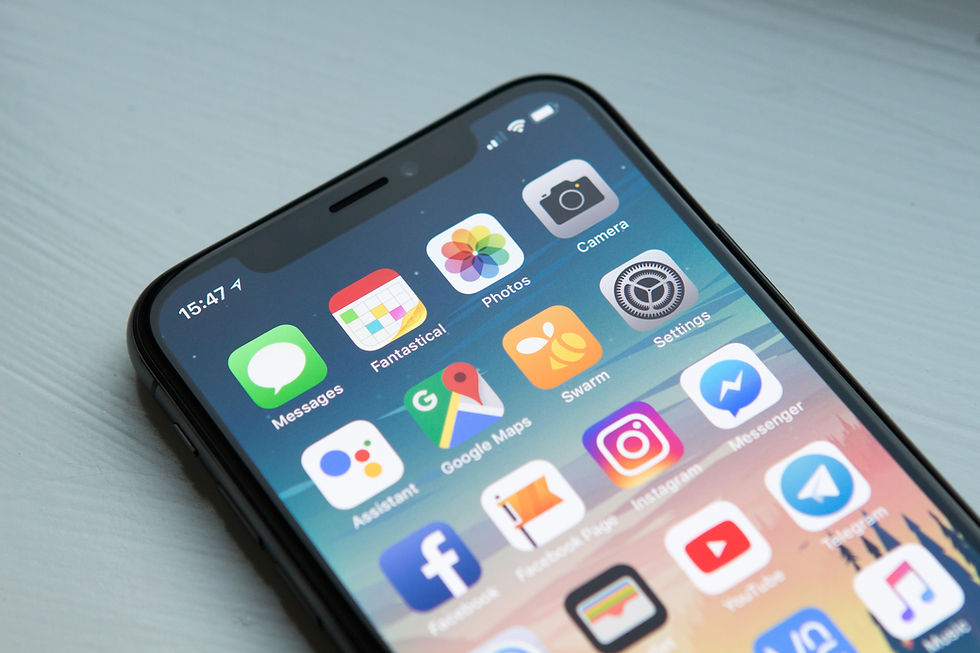The Mobile Revolution
- com 481
- Jan 23, 2022
- 2 min read
By: Carter Cox

This research article deals with the cultural and scientific evolution of portable technology throughout time, starting in the 1980s. The article talks about how the evolution of mobile media devices has been understudied yet its impacts are monumental.
This digital revolution began when the market was introduced to mobile, less-constricting forms of digital technology. In the early 1980s, the new era of mobile computing consisted of devices that were designed to be carried or lugged around. These devices were mainly categorized into four archetypes: notebooks, laptops, “totables”, and “luggables”. These new devices were mainly portable versions of computers, printers, and fax machines. The new wave of mobile media was described to be the “perfect link between home and office”. Ultimately, mobile media was beginning to develop into the convenient forms of tech that we are familiar with today. However, mobility and convenience were not the only additional benefits of new mobile technology. Some of the other aspects that were improved were price, size, weight, display, speed, and storage to name a few.
By the early 1990s, consumers were already moving on from “luggable” devices in favor of smaller devices that operated on battery-power. Laptops, for example, were popular with consumers because of their higher processing powers and functionalities. A key principle of this digital revolution was the idea that mobile technology would provide “personal, portable, and pedestrian” experiences for the user. The important part of this ideology is experiences. The new age of mobile devices had easy and convenient features – but what was important was that these features enabled easy and convenient experiences. Calling someone on their cell phone is easy because it takes only a few seconds. But what is also just as important is that the feature allows users to navigate their world freely knowing they can contact anyone in seconds because of their phone. Another important feature that new devices provided was personal security. Personal and portable devices allowed users to assign emotion to a piece of technology. Users could now use their mobile devices to download, upload, and transfer confidential and sensitive information.
Overall, the evolution of mobile media devices has had permanent cultural impacts. Devices such as laptops, tablets, and smartphones have now become integral factors of operating in day-to-day life. The historical spectrum of mobile devices has been thoroughly explored throughout the past several decades. Mobile – and immobile – devices has forever changed the way we see the world. One final impact to consider is although mobile devices now allow us to be more effective than ever, do these demands ultimately hurt our productivity? For example, e-mail and electronic communication are vital functions in today’s society. These increased expectations to be online 24/7 may be impacting us more than we can ever truly imagine.
Comments